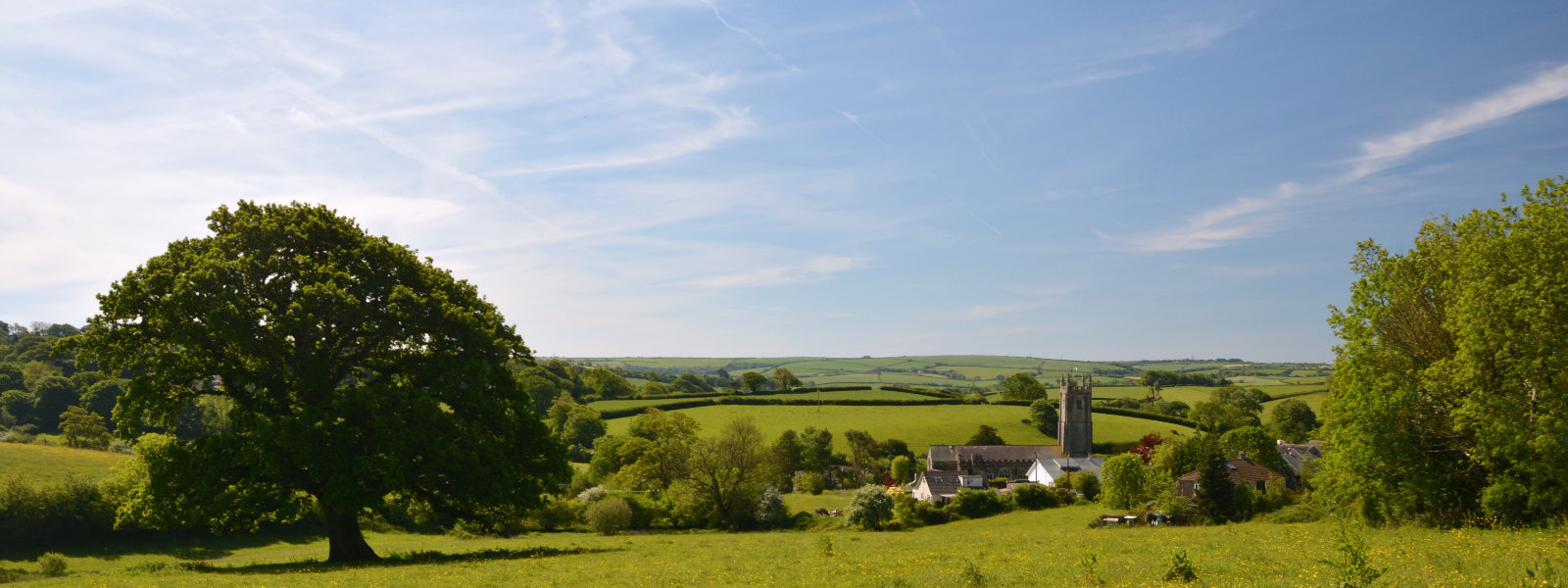Our Challenge continued...
From informal advice given by Dr N Browne, organ advisor to the Exeter Diocesan Advisory Committee in February 2017
Description of existing installation
The organ was originally given to the church by Mrs Anthony of Great Englebourne, together with an endowment to pay for the maintenance of the organ and the salary of an organist. It was possibly designed by Alfred Angel, organist of Exeter Cathedral, and was built by Henry Willis, then establishing himself as one of the leading organ builders in the country. It appears to have had eight stops on the Great manual and five on the Swell (to tenor C only), and one pedal stop.
In 1891 it was conservatively enlarged by Hele & Co, with the addition of a lower octave to the Swell and two additional stops, the whole on a new windchest, and also a new Pedal Bourdon, and associated alterations to the mechanical action.
In 1911 the organ was raised on to a platform to the east of the screen, in a chapel on the north side of the church, and a detached all-pneumatic action console was provided below, with Hele’s patent rocking-tablets to operate the stops. It seems to have remained in this state, with the addition of an electric blower, until about 2004, when it seems to have gone out of use,
possibly because of increasing action problems. At present, although the blower works, the action is largely inoperable, which makes any tonal assessment impossible. However, given the original date and builder, it might be expected to have been a first-rate instrument in 1857, and Hele & Co., always conservative in alteration and rebuilding, expressed a particular respect for
the work of Henry Willis, so that one would expect the additions of 1891 to have been made with as little impact on the original organ as possible.
Comments
The interior of the organ is quite dirty, as one might expect, but the pipework seems to be in good condition. The action is almost inoperable; a detailed survey would establish whether the cause is easily rectifiable or not. The detached Hele console is now a fairly rare example. The church is keen to restore the organ and use it for teaching, recitals etc., if affordable.
Advice
Although one cannot at present judge, the organ is potentially a first-rate instrument, and would almost certainly repay restoration, or at the very least more detailed examination. It is likely that the church will be presented with a choice of restoration of the pneumatic action or its replacement with electric or electro-pneumatic action. If feasible, my choice would be to
keep and restore the present action, but this will obviously depend on its likely longevity (it seems to have lasted for about 90 years during its first incarnation) and cost.


